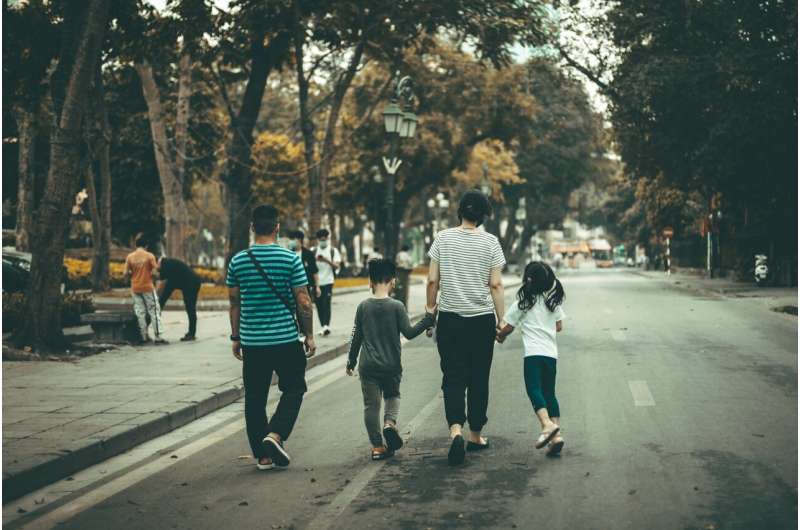The cutting of the child tax credit expansion could leave many families without enough food on the table

The discontinuation of the Biden administration's monthly payments of the child tax credit could leave millions of American families , according to our new study in JAMA Network Open. The first missed payment on Jan. 15, 2022, left families that had come to rely on them wondering how they would , according to many news reports.
The , a $1.9 trillion COVID-19 relief package passed in March 2021, made significant changes to the . It increased the size of the credit by 50% or more, depending on a child's age, to either $3,000 or $3,600 per year. It also made more low-income families eligible and paid half of this money out as a monthly "advance" payment.
Biden's calls for a second year of an expanded child tax credit disbursed monthly. But that package of measures stalled in the Senate after passing the House in November 2021. As a result, the monthly advance payments of the child tax credit that American families with children had been receiving since July 2021 .
Nearly 60 million families with children received the first payment, which was sent out in July 2021. The payments were with bringing about huge declines in poverty and malnutrition. Our study found that the introduction of these advance payments was associated with a 26% drop in the share of American households with children without enough food.
We used nationally representative data from over 585,000 responses to the from January through August 2021 to assess how the introduction of the child tax credit advance payments affected food insufficiency in the weeks following the first payment on July 15, 2021. is a measure of whether a household has enough food to eat. It is a much narrower measure than food insecurity, which is a more comprehensive measure based on 18 questions used by the U.S. Department of Agriculture.
Importantly, we were able to separate the effect of these payments from other types of support, like the use of food pantries, the Supplemental Nutrition Assistance Program, unemployment benefits and COVID-19 stimulus payments.
during the COVID-19 pandemic, particularly among families with children: It rose from in December 2019 to 18% in December 2020. Even after many, if not most, U.S. families received pandemic stimulus checks and other benefits, food insufficiency still hovered around 14% in June 2021. But following the first advance payment, from July 23 to August 2, 2021, food insufficiency among households with children fell drastically, to 10%.
is ending just as the omicron variant of COVID-19 is leaving many , and, in many places, child care via .
All these factors are leading to lower income and, , creating the need for more meals at home. Other analyses of the Census Household Pulse Survey have found that most families were using the child tax credit advance payments , such as housing and utilities.
We are going to look further into how the advance payments affected low-income families through the rest of 2021, analyzing which groups of Americans saw the most benefit and what happened once the advance payments expired in 2022.
Journal information: JAMA Network Open
Provided by The Conversation
This article is republished from under a Creative Commons license. Read the .![]()




















